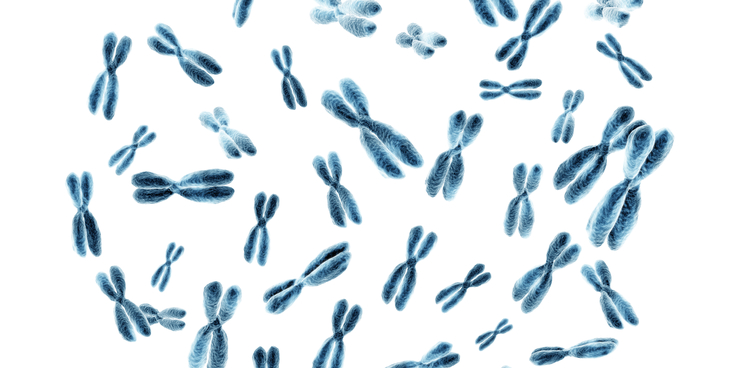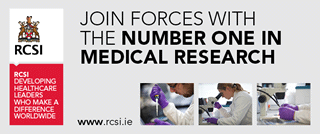The First 3D Structure of Active DNA could advance Stem Cell Therapies
Scientists from the University of Cambridge have determined the first 3D structures of mammalian genomes from individual cells.
For the first time, researchers from the University of Cambridge were able to determine the 3D structure of an active mouse genome in embryonic stem cells. Tim Stevens and his colleagues used a combination of imaging and measurements that reveal DNA interactions to unravel how the DNA is folded together. This could lead to new insights into the regulation of gene expression in health and disease.
Every cell in our body contains the same DNA molecules and thus the same set of genes. Still, our blood cells differ fundamentally from our skin cells. The basis for this is gene regulation, meaning that different cells will not express every gene encoded on our DNA but only a specific subset.
An exciting new avenue for our understanding of gene regulation is the importance of the 3D DNA structure. Regulatory regions within our DNA play a major role in regulating gene expression, but a requirement is that the regions come into spatial contact with the associated genes.
It is well known today, that the way the DNA is folded within the cell is tightly regulated and determines the contact between different regulatory regions with different genes – and thereby determines which genes are switched ‘on’ or ‘off’.
By looking at individual stem cells, the researchers will now be able to better understand how these ‘master’ cells are able to differentiate into different cell types of our body, which could revolutionize regenerative medicine.
Knowing where all the genes and control elements are at a given moment will help us understand the molecular mechanisms that control and maintain their expression. (…) Currently, these mechanisms are poorly understood and understanding them may be key to realizing the potential of stem cells in medicine.” says Prof Ernest Laue, who supervised the study.
A better understanding of how the genome structure determines whether genes are switched on or off could also be important to understand what happens in cancer. Abnormal genomes might cause changes in DNA folding and thereby lead to abnormal gene expression.
Changes in gene expression which are not based on the DNA sequence are called epigenetic modifications. Epigenetics is definitely one of the recent ‘hypes’ within the cancer field. The folding of DNA is only one aspect of epigenetic gene regulation, while direct modifications of the DNA or DNA-associated proteins provide another. Cancer cells often make use of the epigenetic machinery to change gene regulation and support their survival.
A recent study, for example, unveiled the role of epigenetic changes in drivingpancreatic cancer metastasis. By understanding what happens on the gene regulatory level, the researchers were able to find a compound, which specifically inhibits these epigenetic changes and thereby cancer cell progression.
Epigenetic mechanisms definitely play a key role not only to advance our understanding of stem cell commitment and regenerative medicine, but also in disease areas such as cancer research. You can find the identified 3D structures of the DNA below.
Written by Melanie De Almeida







